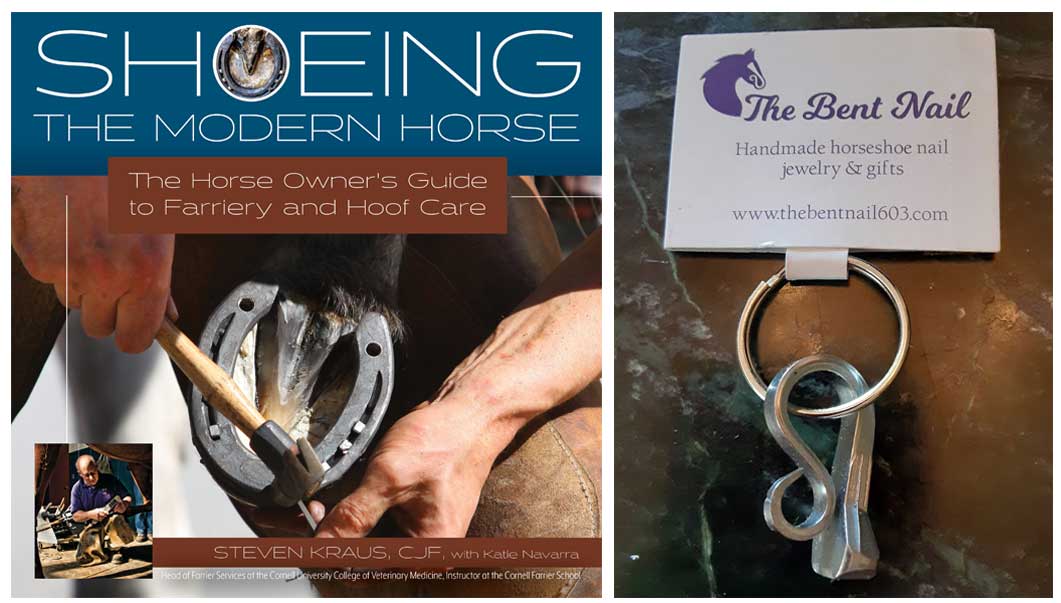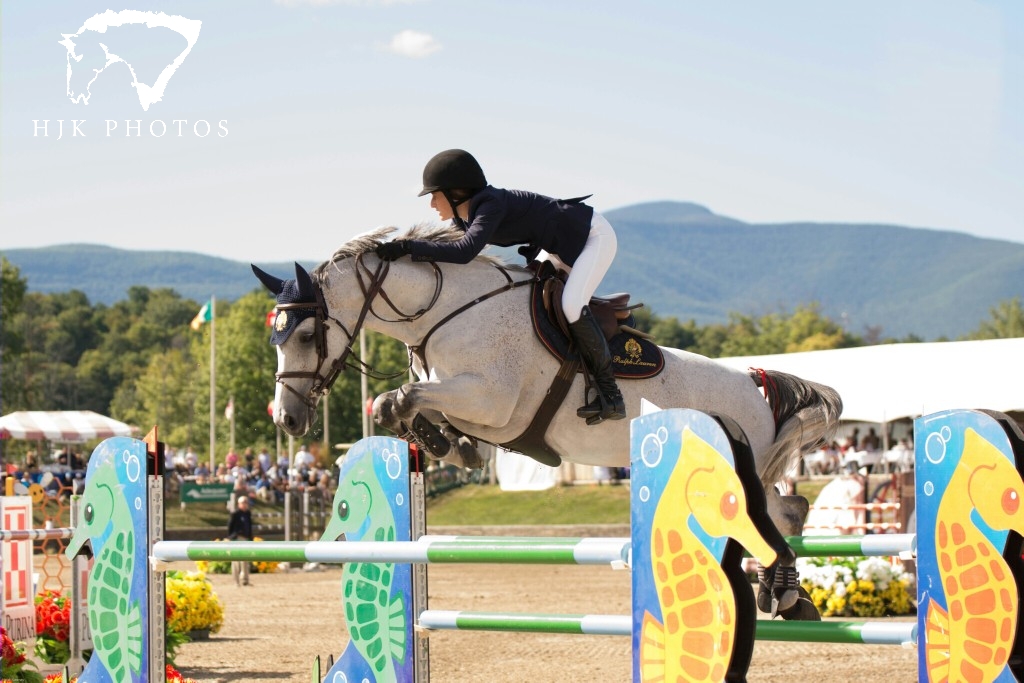
EquineInfoExchange.com is a great source for ideas for gifts! Of course, we have our GIFTS and JEWELRY section where you can find beautiful items for that favorite equestrian in your life.
How about your sister who spends more time at the barn than at home? Find her a great pair of gloves or boots in our APPAREL section or a gift certificate at your local tack shop.
Have a child who spends more time on their cell phone than outdoors? Sign them up for riding lessons or check out the YOUTH OUTREACH programs in your area where they can find the beauty of being engaged with a horse.
Want to be entertained? For those who love to read and learn more about horses, BOOKS are always a great gift check out our top selections as well as our TOP 100 HORSE MOVIES.
Want to do something special for your favorite horse owner? How about scheduling a photo session with a PHOTOGRAPHER to capture memories to last a lifetime! We also have a list of PAINTERS and SCULPTURES who have beautiful work – many of whom can create custom pieces just for you!
Have a romantic getaway in mind? Take a look at our VACATIONS section and treat yourself to an escape or a TRAIL RIDE where you can enjoy the beautiful outdoors while riding a horse.
Love seeing a horse show or race? Check out our CALENDAR OF EVENTS section and get tickets as a gift!
Does your best friend pamper her horse more than she does herself? How about getting her a GROOMING product so she can use on her horse’s next day of beauty!
Feeling generous? We also have the largest list of REHOMING organizations and you can make a charitable donation in the name of a friend as a holiday gift.
No matter what gift you choose, make sure it is something that your horse-loving friend or family member will appreciate and enjoy. Put some thought into their interests and needs, and you're sure to find the perfect gift.
(These gifts are available on Free Gift Friday. Just sign up HERE or email us at info@equineinfoexchange.com with your information!)
There's more interesting articles in our section on Recreation & Lifestyle.
We had a wonderful time at this year's Equine Affaire in West Springfield, MA.
We are a dedicated team of hard working and creative individuals who aim to provide high quality clothing Made in the USA. Joel Wiens founded WSI, a leader in premium sportswear design & manufacturing, in order to provide the best sportswear on the market to demanding athletes. Since 1990, WSI has achieved excellence by combining cutting-edge design, high tech materials & ultra-modern innovations which are crafted to provide the athlete with the most comfortable performing sportswear in the industry at its facility in Eagan, Minnesota.
You can find WSI in our section for Riding Apparel
Are you interested in promoting your business or sharing content on EIE? Contact us at info@equineinfoexchange.com

Written by: Susan Stafford. Excerpted from Volume 1 of the "Horse Tales for the Soul" series.
Many years ago - about 4 B.C. (Before Children), to be exact - my husband and I had a Big Adventure. After years of city living, we had just purchased our first home in the country, a run-down cottage in the middle of a swamp on a dead-end road. The basement was constantly under water (we cheerfully called it our indoor swimming pool), the septic system was always backing up and the mosquitoes were so ravenous that we could have benefited from regular blood transfusions.
We were often without power, got snowed in every winter, and the roof leaked. But the place was ours, and it was heaven. To satisfy a lifelong dream, we bought a couple of horses to complete the picture. Now, knowing very little about horses at the time, we just scooped up the first likely prospects that came along.
Luckily, my little black gelding, Buck, was trustworthy and quiet most of the time. His only major flaw was that he was an escape artist. There was not a stall latch designed that could keep him in.
There was, of course, the unfortunate incident when Buck let himself and his barn mates out one night, then proceeded to the neighbor’s stable to release all their horses as well. The police informed us in the morning that the small herd of hoodlums had been terrorizing the surrounding farms and frightening motorists all night long.
They implied that “the black one” appeared to be the ringleader. It was all very embarrassing - much like the authorities showing up at your door to tell you that your teenage son had been caught joyriding in a stolen car.
My husband Frank’s horse was the complete opposite of Buck. Dubbed Ahab the Arab, he possessed every vice known to the equine world. He hated to be caught, brushed, saddled, bridled and ridden. He tried to kill the vet on several occasions. He refused to pick up his feet to be picked out. He rolled his eyes and spooked at everything on the trail. In short, he was totally neurotic.
Nevertheless, for our first Christmas in the country, we decided it would be oh so romantic to ride off into the bush one moonlit winter night and cut down our own Christmas tree. We saddled up and moved off down the deserted road and into the forest, with the moon casting dark shadows on the blue-tinted snow and the horses’ breath suspended in the frosty air.
Deep into the forest, we found a lovely, full spruce and Frank set about cutting it down. As he rode Western, it was agreed that he would tie the tree via a long rope to the saddle horn and drag it home - just like the pioneers did.
At least, that was the plan.

By the EIE Editorial Staff
Many of us have a passion for horses and for celebrities who earn their living in the public spotlight, the connection may even be more special. For them, spending time with a horse can be incredibly inspiring in many ways. Horses, unlike fickle fans, offer unconditional acceptance. In a business where actors and actresses are scrutinized in both their public and private lives, horses don't judge. They offer a sense of companionship and acceptance that can be incredibly comforting and inspiring.
From our youngest rider to our most established veteran, here is the list of celebrity equestrians:

Can you think of more celebrities who ride? It is sure to be a long list if you think back through all the movies where there are actors riding and you dig into their lives with horses!
You can find more interesting stories in our section on Recreation & Lifestyle.
Come along for a ride and get a glimpse into the daily rounds of renowned veterinarian Dr. Tom Riddle! The Co-founder of Rood & Riddle Equine Hospital shares his day and his passion for horses.
Our Mission — Serving the professional horse person, amateur owners, occasional enthusiasts and sporting interests alike, the goal is to serve all disciplines – which often act independently yet have common needs and values.
Equine Info Exchange is totally comprehensive, supplying visitors with a world wide view and repository of information for every aspect related to horses. EIE provides the ability to search breeds, riding disciplines, horse sports, health, vacations, art, lifestyles…and so much more.
EIE strives to achieve as a source for content and education, as well as a transparent venue to share thoughts, ideas, and solutions. This responsibility also includes horse welfare, rescue and retirement, addressing the needs and concerns of all horse lovers around the world. We are proud to be a woman-owned business.